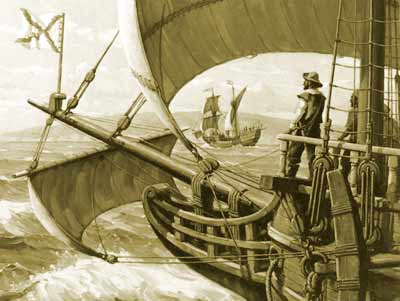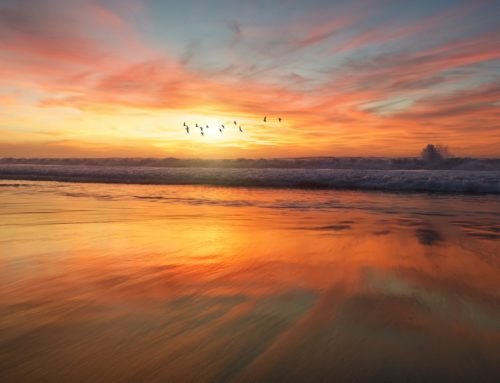The following is one of a series of articles I have written in a series titled “South Bay History Tid-Bits”:
Portuguese explorer, Juan Rodriguez Cabrillo, while sailing under the flag of Spain, was the first European to set eyes upon the barren hills and plains of what was to be Rancho San Pedro. He is believed to be the first European to explore the California coast. He was either of Portuguese or Spanish background, although his origins remain unclear. In June 1542 Cabrillo led an expedition in two ships of his own design and construction from the west coast of what is now Mexico. He landed on September 28th at San Diego Bay, claiming what he thought was the Island of California for Spain.
Cabrillo and his crew landed on San Miguel Island, one of the Channel Islands, then continued north in an attempt to discover a supposed coastal route to the mainland of Asia.
On October 8, 1542 he sailed into San Pedro Bay. There, he noticed several wild fires burning in the surrounding hills producing dark plumes of smoke. He named the area “Bahia de los Fumos” which was Spanish for “Bay of Smokes”. This bay with a shallow estuary held this title for over fifty years, until changed by another Spanish sea faring explorer. On November 26, 1602, Sebastian Viscaino sailed into the same bay and renamed it Ensenada de San Andres (Bay of Saint Andrew), mistakenly thinking he arrived on the feast day of Saint Andrew. In 1734, Cabrera Bueno, a famed navigator and cosmologist discovered Vizcaino’s error and renamed the bay San Pedro, in honor of the martyred saint.
Two points along the coast bear very old names. In 1793 Captain George Vancouver, who had been commissioned by King George III of England to explore and chart the Pacific coast, sighted a “very conspicuous promontory”. He named it Point Vincente, after the friar Padre Vincente Santa Maria stationed at the MIssion San Buenaventura. The spelling of the name was revised from Vincente to Vicente in the mid 1920’s. (The United States Government established a lighthouse on Point Vicente in 1875, and the present structure was built in 1926). Sailing a little further south along the coast, Vancouver came to a second point which he named Point Fermin, in honor of Padre Fermin Francisco de Lausen, head of all the California missions.
 Juan Cabrillo
Juan Cabrillo
The vessels that traded at San Pedro anchored at a point on the northwest side of San Pedro, slightly northeast of Point Fermin, off the coast of Rancho Palos Verdes. Though later known as Timms’ Point, this anchorage was first called Sepulveda Landing. Between Point Fermin and Point Vicente lies Portuguese Bend, named for Portuguese whalers who used the cove for a rendezvous and a whaling station. Portuguese Bend was also a smuggler’s hideaway. Spain limited the number of ships which could dock in San Pedro, and exacted stiff fines including forfeiture of property and death to those who violated the edict.
For more information about Palos Verdes and South Bay Real Estate and buying and selling a home on the Palos Verdes Peninsula, visit my website at https://www.maureenmegowan.com . I try to make this the best real estate web blog in the South Bay Los Angeles and the Palos Verdes Peninsula. I would love to hear your comments or suggestions.




